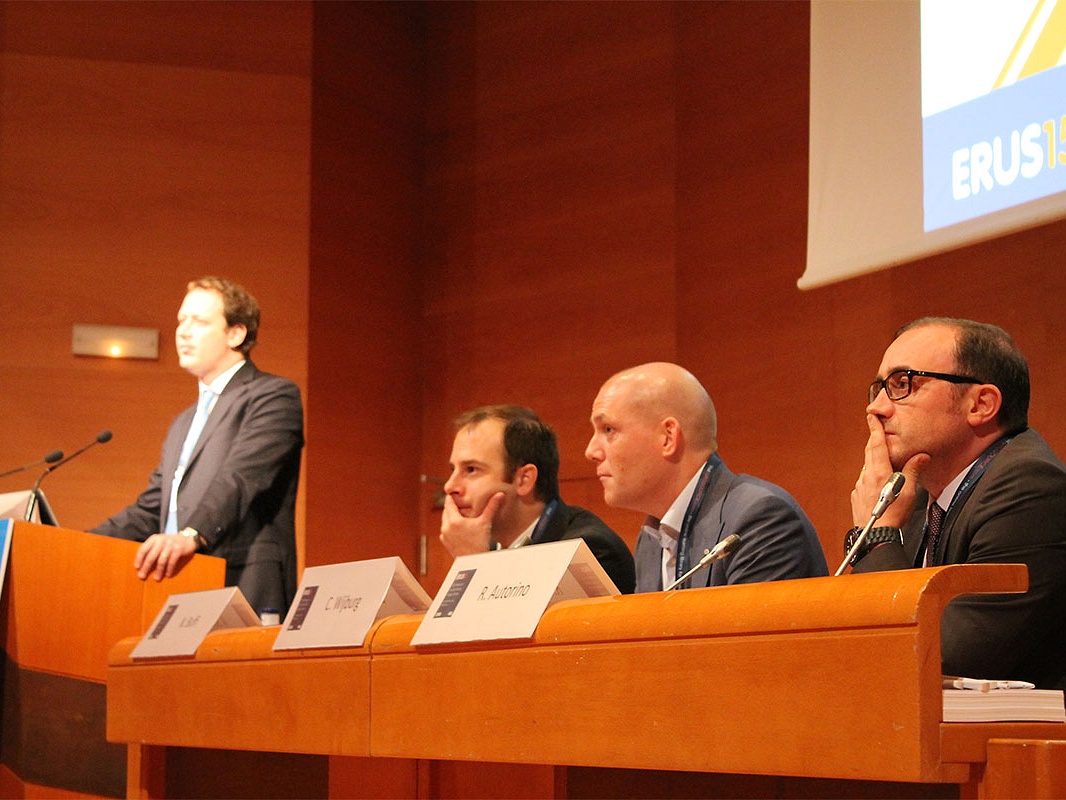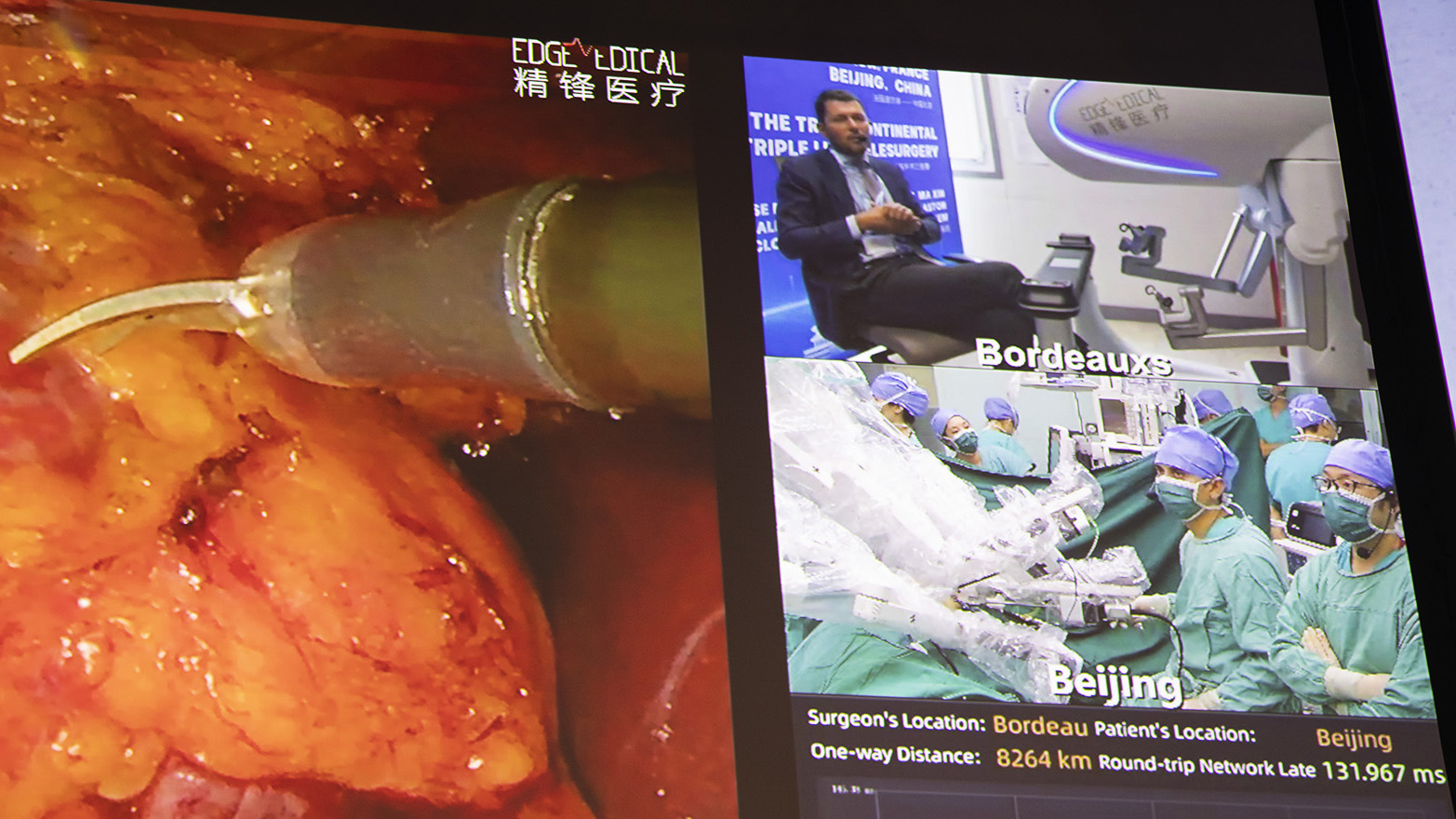The first day of the three-day meeting of the EAU Robotic Urology Section (ERUS) gave special attention to the needs of young urologists. This included opportunities for hands-on training and ESU courses, but is exemplified by the special scientific programme of the Junior ERUS – Young Academic Urologists Meeting.
This marked the fifth Junior ERUS meeting, and the second collaboration with the Young Academic Urologists after a successful collaboration at ERUS14 in Amsterdam. Dr. Carl Wijburg (Arnhem, NL) on behalf of ERUS and Dr. Nicolomaria Buffi (Milan, IT) on behalf of the YUA chaired a morning session that catered specifically to younger robotic urologists.
The first part of the meeting covered hot topics in robotic urological surgery, and it immediately generated a lot of discussion. Prof. Giacomo Novara (Padua, IT) and Dr. Alessandro Volpe (Turin, IT) gave an update on the 3rd ERUS Standardized Robotic Curriculum pilot. In short, this third iteration validates the results of of the 2nd pilot, and supports the adoption of the full training programme. Discussion followed on the accreditation of the course, whether individual universities, rather than a medical society like the EAU should grant titles to the successful participants. There was further emphasis on the programme’s importance in the face of regulations from the European Union.
Dr. Volpe then presented a report on the first year of the recently introduced Da Vinci Xi system. Worldwide, over 270 systems had been delivered, with over fifty of those in Europe. Whereas globally the robot is used for urological procedures in one in three cases, in Europe almost two thirds of the procedures performed on an Xi system are urological in nature.
Dr. Volpe remarked on the distinguishing features of the system: automatic placement of the arms for each procedure; the use of special “Flex” joints; the patient clearance joint which gives the surgeon a greater angle. Given the novelty of the machine, there was not yet any clinical data or research available on its efficacy. Expert opinion was the primary source for Volpe’s analysis, and surgeons in different fields were generally positive.
Several members of the audience already had experience with the Xi, and offered a counterview and some concerns. Initial Xi units apparently shipped with faulty cameras, and the special skills of the machine might be more suitable for some procedures and contraproductive in others. Some urologists raised the issue of a proprietary 8mm port, and the fact that the system’s integrated camera had to be sterilized. With a recommended maximum of 200 uses, this could turn out to be an expensive proposition.
Other sessions in the Junior ERUS – YAU meeting showed videos of “challenging scenarios”, including a nightmare session with video evidence of equipment failure, faulty technique, massive unexpected bleeding and the dangers of incorrect patient positioning, in one case even leading to compartment syndrome. Literature experts provided an extensive update on new studies and papers produced since the last ERUS meeting; an hour-long digest that was eagerly followed by the audience.
The Meeting ended with awards for the three best abstracts and videos. Please find an album of all the winners and their abstract/video titles on the EAU Facebook page!





